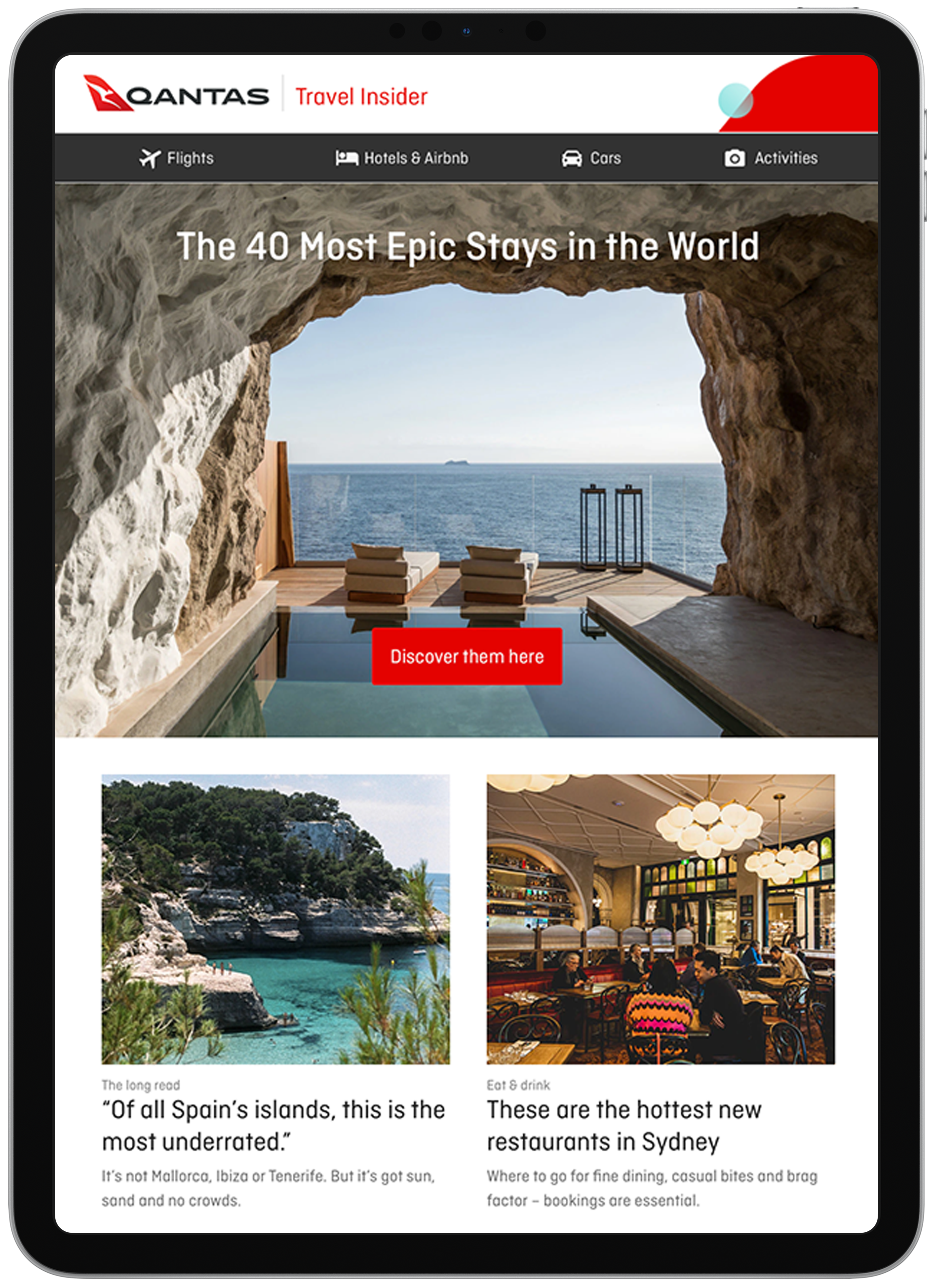What Are the Pros – and Cons – of Joint Leadership?
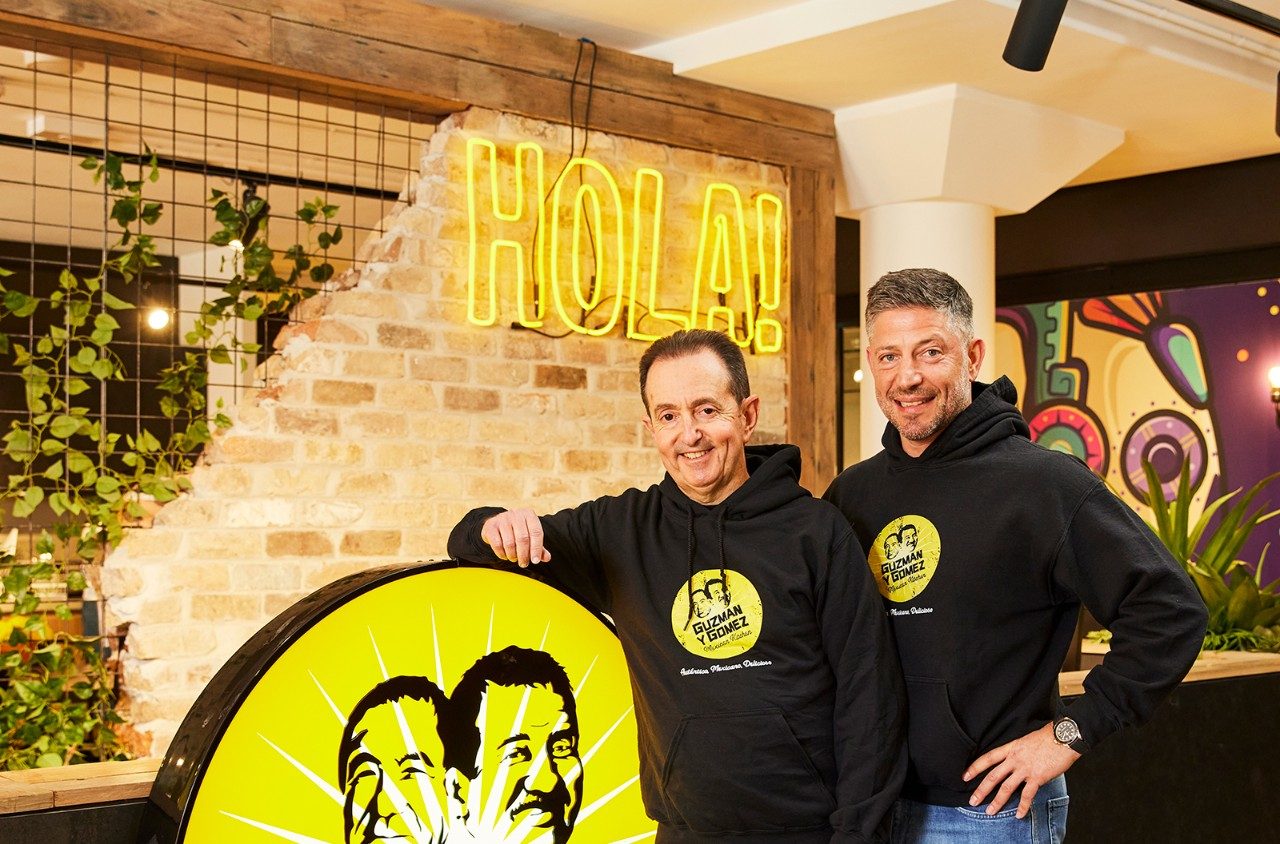
It’s not the norm but the co-CEO model has been adopted by the likes of Netflix and Atlassian. What are the pros – and cons – of joint leadership?
Ringing the bell at the Australian Securities Exchange on 20 June last year, Steven Marks, co-founder of Sydney-based Mexican fresh fast-food chain Guzman y Gomez (GYG), launched the company’s highly anticipated initial public offering. By end of that day the share price had leapt from $22 to $30 and the business’s market value soared to more than $3 billion. This spectacular result didn’t just signal confidence in GYG’s massive growth plans, it also served as tacit approval for its co-CEO leadership model.
A few months prior, in the wake of a brief health scare, the former New York hedge fund manager had been weighing the looming demands of running a public company when he agreed to share his long-held CEO role with one of GYG’s non-executive directors, Hilton Brett. “Having two people running an organisation makes sense to me,” says Marks, who co-founded GYG with childhood friend Robert Hazan in 2006. For Brett, it was his second stint as a co-CEO; his first began in 2016 with apparel and footwear retailer Accent Group. “Standing next to Steve on the stage when he rang the bell was a highlight of my career,” says Brett. “And it’s a privilege every day to be part of this business.”
The co-CEO model, while not common, has topped the org charts of global corporations including Netflix, Salesforce, Oracle and Marks & Spencer. Australia’s most high-profile example, university friends Mike Cannon-Brookes and Scott Farquhar, recently wrapped up their joint 22-year reign at Atlassian, having taken the business from startup to behemoth, with Cannon-Brookes continuing as chief executive.
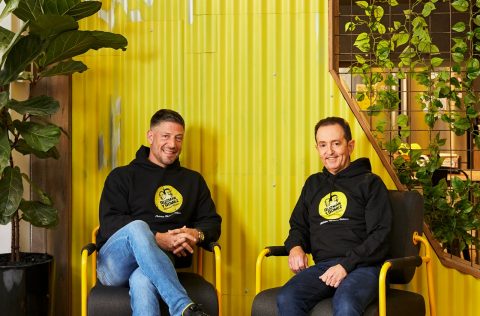
For GYG, going public with their arrangement was both a strategic move and a competitive advantage, designed to maintain clarity about the company’s values and support its ambitious vision. The aim is to add 30 restaurants in 2025 to the current network of 200, then 40 annually in the following five years for a total of 1000 over the next 20 years. CEO responsibilities have been divvied up according to skill sets and strengths. Marks steers food and menu innovation, marketing, operations, guest experience and the United States expansion while Brett covers finance, IT, legal, HR, real estate, investor relations and daily operations from Hola Central, the Sydney HQ. “As you can imagine,” says Brett, “in a business with about a billion dollars in revenue and a strong growth profile, there’s a lot to do.”
When two heads are better
The impetus for considering dual CEOs is circumstantial and could be driven by factors such as establishing equality for two founders, a merger or acquisition or bringing in a candidate for succession, says Esther Colwill, president, Asia Pacific for executive recruitment giant Korn Ferry. While boards or shareholders might baulk at the cost of remunerating two CEOs, in practical terms she believes there is a case for it. “Businesses in general have become larger and the job of a CEO today is much bigger than one person in terms of the skills, capabilities and time required.”
While most organisations favour building a strong leadership team with COOs, CFOs, CROs and CTOs, there are obvious positives to the shared CEO arrangement, including complementary skill sets, avoiding key-person risk and addressing the CEO’s “lonely at the top” lament (GYG’s Marks insists that he’s 10 times happier since Brett came aboard).
Beyond setting the right KPIs, governance and role definition, Colwill thinks that the majority of what makes a co-CEO relationship effective is more elusive, such as the chemistry of the partnership, alignment on values, ways of decision-making and working together and the need to establish a consistent culture.
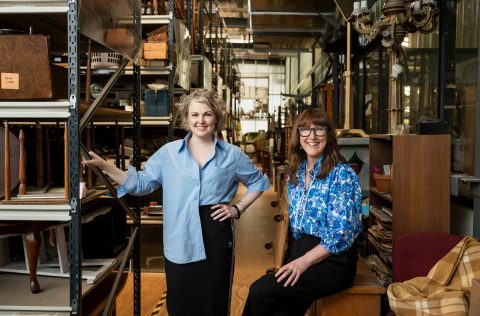
At Melbourne Theatre Company (MTC), a new strategic direction – making theatre more relevant, accessible and affordable to wider audiences – is taking shape as the alliance between executive director and co-CEO Sally Noonan and artistic director and co-CEO Anne-Louise Sarks also evolves.
“It’s a professional relationship but you need to know the person incredibly well,” says Noonan. “What their values are, how they behave in a variety of situations and what’s going on in their personal life – that has an impact in an organisation where so much of what we do is outside conventional hours. I really value having someone who has as much skin in the game as I do. In creative organisations, everything hangs off the relationship between the artistic director and executive director.”
Connection and alchemy are vital, agrees Sarks, who joined MTC as the COVID lockdowns ended in late 2021. In Australia’s tight arts community, the two already knew each other and Sarks was on the selection panel when Noonan was interviewed for her role. “Sally asked me questions no-one else asked,” she recalls. “We could point to works that interested us or artists we admired and we were able to build a shared language.”
With Noonan appointed, the pair set up twice-weekly meetings but no ground rules. The delineation between business and artistic responsibilities was obvious but both note that finding the time and space to plan and think big remain an ongoing challenge. Sarks, a working director, draws analogies to a marriage “where you can’t fast-forward the knowing and learning of each other”, she says. “We have differences of opinion all the time because we’re very different people. It’s a good thing because it forces you to question and take on a different perspective.” On the upside, “we don’t have trouble working through them”.
The ability to resolve differences quickly is a sign of success for most of the co-CEOs interviewed.
“You have to believe that the two of you are better than one of you would be alone,” says Sarks, adding that the leadership model also benefits the organisation because “you’re constantly questioning what you’re doing”.
Do the 140 people who work at the MTC find it confusing? “Sometimes I think it’s trickier for others to witness the [decision-making] process and be patient rather than going to just one person,” she says, “but in theatre we’re already open to a less hierarchical structure.” Signs point to the strategy working; audience numbers are rising. “People are having a new experience in the theatre, sharing and feeling this ancient art form for the first time.”
Beyond ego
A key message from practising co-CEOs is about the need to leave your ego at the door. Those who make a go of the shared formula insist self-awareness, openness and trust are what oil the wheels.
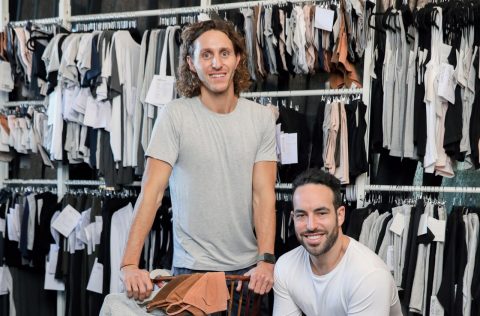
At Boody, a wholesale and retail purveyor of eco-friendly socks and underwear established by friends Neil Midalia and David Greenblo, the company’s recent ecommerce growth can be attributed to their sons. Elliot Midalia had worked at online fashion seller The Iconic, Jet.com and Walmart, the world’s biggest retailer, and Shaun Greenblo had been a website creator for McDonald’s, Starbucks and KFC when the two took joint control in 2018.
Their shared history of family holidays and growing up together meant that from day one at Boody, they started with “ultimate trust that has served us well”, says Elliot. “We have blood in the business.” Their partnership runs on being “open, real, vulnerable and able to talk about the hard stuff. Neither of us has our elbows out trying to get over the other. We’re happy to be proved wrong at any time because we want what’s best for the business.”
Every quarter, the pair actively reviews their working arrangement. “We’ve had to work really hard at leading the business well together, making sure that we swim in our lanes,” says Elliot. For him, that means the front end of the company, while Shaun steers the back end, with crossover when needed. “In high-pressure moments, we can overlap each other,” says Shaun.
In the 2023 Black Friday sales, when one was across the cadence of outgoing marketing emails and the other came in at the last minute with different ideas, confusion ensued. “We learned from that,” says Elliot.
Assiduously reviewing their combined leadership involves stacking their 50-strong team with people “who are better than us in their respective specialties”, says Elliot.
Which points to another upside. Having a partner in leadership, as well as building a talented team, means that even in a business which is expanding internationally fast, there’s still the opportunity for both bosses to take time out when they need it.
Take the pressure down
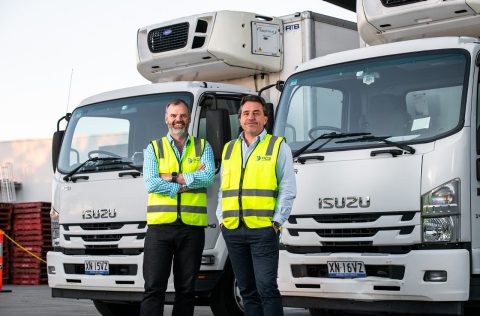
The chance to share the load has been a boon for Shane Hodskiss and Jordan Muir, the co-CEOs at Melbourne-based logistics company HDS, who have worked together for 24 years across a number of businesses. The serial entrepreneurs’ latest venture taps into the demand for cold-chain distribution, which has boomed with the soaring popularity of home-delivered groceries, meals and convenience fresh foods, and brings an Uber-like tech precision to delivery services. The pair launched HDS after they left their previous business, Aussie Farmers Direct, in 2018. That same year, HDS’s deliveries shot from 50,000 to 170,000 over a six-week period and endured even at the peak of the pandemic.
The duo’s synergy draws significantly on their differences in expertise and skill sets: Muir brings his tech smarts and Hodskiss operations abilities. And, they point out, disparate perspectives allow more holistic decision-making. Being able to divide and conquer their chief executive responsibilities allows each man to focus on their areas of strength and interest. Muir typically pushes ahead in the moment, while Hodskiss thinks long-term. “We give each other a fair bit of rope,” says Muir. “On technology spend, for example, Shane’s had faith in letting me create world-leading technology. I like to chase the newest, shiniest thing and he’s also pretty good at telling me we have priorities.”
Their differences bring other benefits, says Hodskiss. “Whether it’s our clients or employees, different people gravitate to us so we’re doubling down on connections with two CEOs.” It can also provide continuity and support because if one CEO is unavailable or unwell, the other can step in. Strategically, each knows enough about the other’s domain to make a decision in their absence.
In a sign of the times, the two executives are now able to take time off simultaneously. “That’s an opportunity for members of our team to step up and grow,” says Muir. And they’re also spotting next-generation co-CEO potential on the team.

Start planning now
SEE ALSO: Executive Evolution: How Great Leaders Stay Great
Image credits: Guzman y Gomez; Charlie Kinross (Anne-Louise Sarks and Sally Noonan); Renee Nowytarger (Shaun Greenblo and Elliot Midalia); Isabella Melody (Jordan Muir and Shane Hodskiss).

